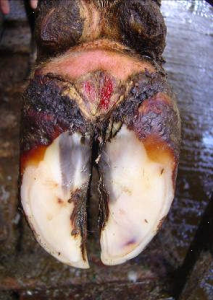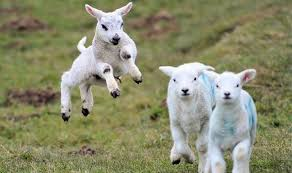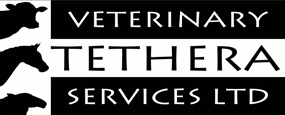
Crosscroft Industrial Estate,
Appleby-in-Westmorland CA16 6HX
017683 51819
Please take a moment to review the information below:
RE: GENERAL DATA PROTECTION REGULATION
We need to inform you about a change in the law affecting how we handle your personal details. As Veterinary surgeons we have a professional vet-client relationship with all of you. This has covered the areas of client confidentiality and only sharing your information with laboratories and other vets that we need to involve on your behalf.
From 25th May 2018 a new law is being enforced called the GENERAL DATA PROTECTION REGULATION (GDPR) that we must comply with. It is formalising how we manage and store your personal information and how to use your information if we need to. It also allows us to keep the contact details of other people (employees, other family members) that we can contact on your behalf.
As part of the change in the law, we now need to seek your explicit consent to keep you informed and process your data as we have done in the past.
This privacy notice incorporates these new requirements.
Please note that we will not be able to discuss accounts or animal details with people not named on the account. If you would like to add someone to your account such as a partner, parent or farm employee please speak to the reception staff and they will add these details to your account. They are also able to remove people who are no longer required to be linked to your account.
PRIVACY NOTICE
Tethera Vets is owned and operated by Tethera Veterinary Services Limited. We are not part of a larger group. This privacy policy explains what personal information we collect about you and how we use it. Personal information is information about you. The data protection regulations apply only to data about humans and not for data about animals.
This Privacy Notice may change from time to time.
When you register with us we collect your name, address, contact numbers and email addresses. We also create a record for each of your individual animals and/or species group. We record which products and services we have supplied, how much you have been charged and the method and value of payments that you make. We also record clinical notes relating to your animals and cases and on-going investigations and notes to help us manage your accounts.
We use your personal information to maintain a record of the products and services that we have supplied to you and manage your account including invoices, bills and payments.
To comply with our legal and regulatory obligations we will use your information to send you reminders for vaccines, routine visits and when routine treatments may be required. If you agree we will continue to use your information to contact you with news, information, promotions, offers from our practice. If you agree, we will use your information to contact you to receive your confirmation that we can respond to trade reference requests about you or your company.
You can change you communication preferences at any time by contacting our reception team.
We use your personal information to be able to perform our contractual obligations with you (as set out in our terms and conditions) and to comply with our legal and regulatory obligations and also to meet our legitimate interests ensuring you are aware of animal husbandry issues.
We take a number of steps to ensure your information is safe, for example we all have secure passwords to be able to access our software system where your information is stored. We maintain separate physical, electronic, technical and procedural safeguards.
We will only keep your information for as long as it is necessary to comply with applicable laws. In most cases this is 6 years from the date an account is closed. After this time we will erase your personal information or archive your data so that it is beyond use.
We do not share your information with any companies for marketing purposes. We will send a copy of your records to another veterinary surgeon if we refer your animal or you request that we do so. We will share your animal information with your insurance company to allow them to process a claim if required. We will share your information with laboratories that we use if and when we need to send samples off to an external laboratory for testing. The laboratories will only use your information to identify your sample and for no other purpose. We will share your information with data analysis companies such as total vet or interherd in order to collate and process information. We use communication tools provided by external companies to keep in touch with you. The external company will not use your data for any purpose other than sending you the message from us. If you have outstanding debt with us, we may pass your details onto an external debt collection service so they can collect the balance due. We will also supply information if we are required to do so by law enforcement or regulatory authorities.
You can access and update your information and communication preferences by contacting one of our reception team. You have the right to ask us to correct your personal information on our records. You have the right to request a copy of the information we hold about you. This can be requested in person, by phone or by email to: vets@tetheravets.com You have the right to ask us to remove your personal information from our records. If you do this, you will permanently delete all of your animals records, this information cannot be recovered once deleted.
If you wish to alter, opt out or change any of the information or details we hold about you or your account or the way which we communicate with you please contact the practice. Please note that by not contacting the practice with regard to the above privacy policy it deems that you consent to the policy.
Our terms and conditions of business remain the same.
In line with inflation we have put a slight increase on our service fees but have made no alteration to the medicine prices.
With kind regards,
Tethera Veterinary Services
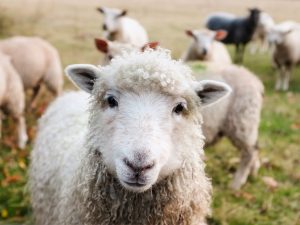





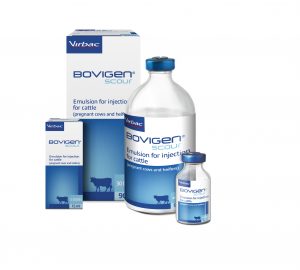


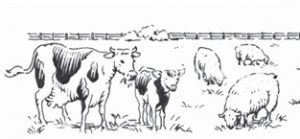
 ust preparing for winter.
ust preparing for winter.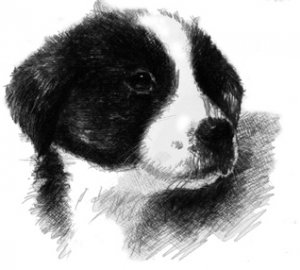


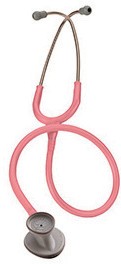

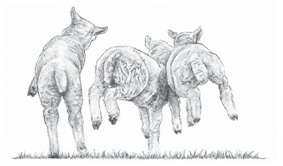 n of reduced fertility. The testes should be an even size, firm, freely mobile and with no lumps or bumps. We recommend semen testing the tups before they are put in with the ewes so that infertile or subfertile tups can be identified before it is too late
n of reduced fertility. The testes should be an even size, firm, freely mobile and with no lumps or bumps. We recommend semen testing the tups before they are put in with the ewes so that infertile or subfertile tups can be identified before it is too late
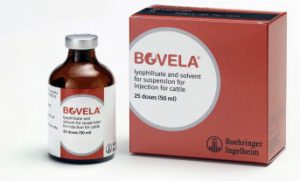 We have vouchers for up to £50 of BVD testing for you! Remember, when vaccinating for BVD it is important to do some on-going testing as no BVD vaccine is completely foolproof if a PI is present. Please ask us for further details and to discuss the best test for your herd.
We have vouchers for up to £50 of BVD testing for you! Remember, when vaccinating for BVD it is important to do some on-going testing as no BVD vaccine is completely foolproof if a PI is present. Please ask us for further details and to discuss the best test for your herd. Several milk buyers (Arla, Omsco, Meadow Foods, Nestle) require a written Johnes action plan to be
Several milk buyers (Arla, Omsco, Meadow Foods, Nestle) require a written Johnes action plan to be 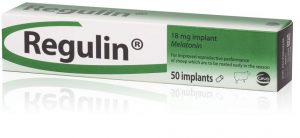 If anyone is interested in using Regulin implants to bring forwards next year’s lambing please let us know as soon as possible as implants will need to be inserted soon!
If anyone is interested in using Regulin implants to bring forwards next year’s lambing please let us know as soon as possible as implants will need to be inserted soon!